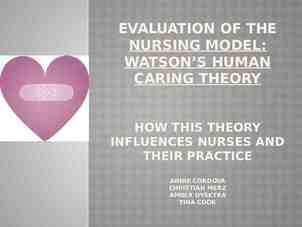EE305 Power Electronics Dr. Unnikrishnan P.C. Professor, EEE
10 Slides1.51 MB
EE305 Power Electronics Dr. Unnikrishnan P.C. Professor, EEE
Sequence Control (two stage) with R load The turns ratio from primary to each secondary is taken as 1 for convenience The source voltage, vS Output Voltage Control from zero to rms value V: Use only T3 and T4. For output voltage 0: 180 For output voltage V: 0 Output Voltage Control from V to 2V: Use only T1 and T2 & for thyristor pair T3,T4 is always zero. for T1,T2 varied from 0 to 180
Sequence Control (two stage) with R load T3 triggered at t 0 and T4 at t T1 triggered at t and T2 at t
Sequence Control (two stage) with R load
Sequence Control (two stage) with R load
Sequence Control (two stage) with R load
Sequence Control (two stage) with R load
Sequence Control (two stage) with R load
Sequence Control (two stage) with R load
Advantages of two stage Sequence Control Advantages: Load Current is continuous and so load performance is better Wider control of load voltage Reduction of harmonics in the load and supply current Disadvantages: More complex firing circuitry More expensive voltage controller















